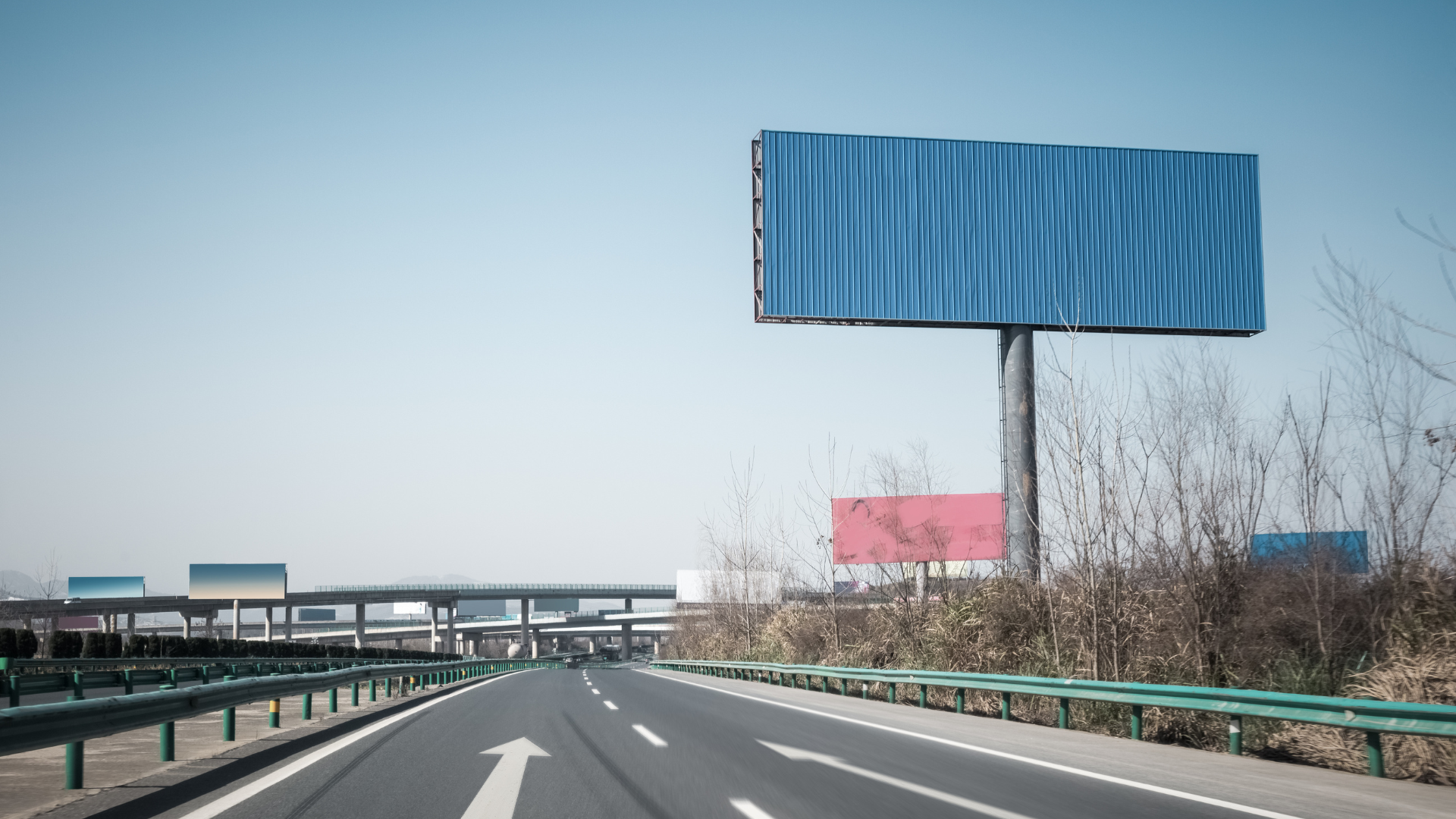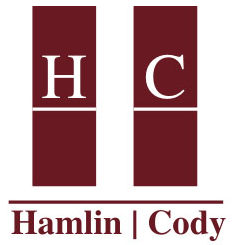
Regardless of the highway or interstate you travel on in the United States, billboards likely dot the landscape. Yet, are you familiar with the regulations governing their placement? Originally intended to establish controls leading to the gradual elimination of billboards, the Highway Beautification Act of 1965 now mandates states to uphold “effective control” over outdoor advertising.
What is The Highway Beautification Act of 1965?
In October 1965 President Lyndon B. Johnson signed the Highway Beautification Act (“HBA”). The stated purpose of the HBA is to protect the scenic beauty of highways, enhance highway safety, and bolster the economic value of highway frontage land. (A cynic might note that President Johnson’s wife, Lady Bird Johnson, owned television and radio stations that competed with billboards for advertising dollars.) The HBA covers 306,000 miles of Federal-Aid Primary, Interstate, and National Highway System roads.
Key Provisions of HBA:
The HBA governs the size, location, and lighting of outdoor advertising signs along federal-aid highways. Certain types of signs, such as those deemed obscene or depicting violence, are prohibited. The act also allocates funding to states to aid in controlling outdoor advertising.
HBA’s Impact on America’s Highways:
The Highway Beautification Act is the most comprehensive piece of national legislation ever passed regarding outdoor advertising control in America. The HBA, enacted in 1965, addresses various aspects, from the size and location of signs to funding allocations for states. It plays a vital role in enhancing scenic beauty and promoting highway safety by minimizing distractions and preventing accidents. The HBA encompasses several specific provisions aimed at regulating outdoor advertising along federal-aid highways:
- Control of Sign Size: The HBA establishes guidelines for the size of outdoor advertising signs, ensuring they do not exceed certain dimensions.
- Limitations on Location: The act mandates that billboards be located within a specified distance from the nearest edge of the interstate, typically 660 feet.
- Regulation of Lighting: The HBA governs the lighting of outdoor advertising signs, including restrictions on the use of flashing or moving lights that could distract drivers.
- Prohibition of Certain Signs: The act prohibits certain types of signs, such as those deemed obscene or displaying offensive content.
- Funding Allocation: The HBA allocates federal funds to states to assist in the control and regulation of outdoor advertising within their jurisdictions.
- State Control Programs: States are required to establish and maintain “effective control” over outdoor advertising to comply with the HBA. This involves adopting and enforcing regulations in accordance with the act’s guidelines.
- Vegetation Control: The HBA encourages states to regulate and control the cutting and removal of trees and other vegetation that could obstruct the view of outdoor advertising signs.
- Public Participation: The act emphasizes public participation in the control of outdoor advertising, urging states to involve local communities and residents in decision-making processes.
Hamlin | Cody Guidance for Cities and Counties:For municipalities, we understand the delicate balance between regulation and industry interests. With our history in billboard law, we are unique, and we are able to create out-of-the-box solutions that get wonderful results for our clients. |
California’s Compliance and Guidelines:
The California Department of Transportation (Caltrans) is responsible for overseeing Advertising Signs visible from highways and freeways, ensuring compliance with both the Federal Highway Beautification Act and the California Outdoor Advertising Act (ODA). This dedication demonstrates California’s commitment to maintaining the state’s highway aesthetics and safety.
Here’s a summary of Caltrans’ billboard size stipulations:
- Maximum height: 25 feet
- Maximum length: 60 feet
- Maximum overall area: 1,200 square feet
These size restrictions are designed to minimize the visual impact of billboards and preserve the scenic beauty of California’s highways. In addition to size restrictions, Caltrans also regulates the lighting and spacing of billboards. Billboards are not allowed to have flashing or moving lights, and they must be spaced at least 500 feet apart. These regulations are designed to reduce distractions for drivers and improve highway safety.
A Rare BreedBillboard lawyers are a rare breed in many ways. At Hamlin | Cody, we are one of but a handful of firms in Southern California devoted to the practice of billboard law. Because we have practiced in this area of law for so long, we have learned to think outside the box and be creative. When faced with an inverse condemnation case for instance, rather than fighting only the taking itself, we spend time working on relocation efforts, to find a solution for all involved. We strive to find a functional and complete solution for our clients. |
HBA Future Implications:
The HBA’s relevance remains vital for preserving highway aesthetics and safety, and it is expected to continue playing a crucial role in the evolving transportation landscape. Beyond the HBA, various federal laws, including the Federal-Aid Highway Act of 1956 and others, work collaboratively to regulate outdoor advertising along all federal-aid highways.
As highways evolve, the HBA stands as a cornerstone in safeguarding America’s scenic beauty and promoting safety. It ensures a continued focus on responsible outdoor advertising practices, contributing to a harmonious coexistence between infrastructure development and environmental preservation. If you have a legal issue regarding billboard law, give us a call at (310) 216-2165.
